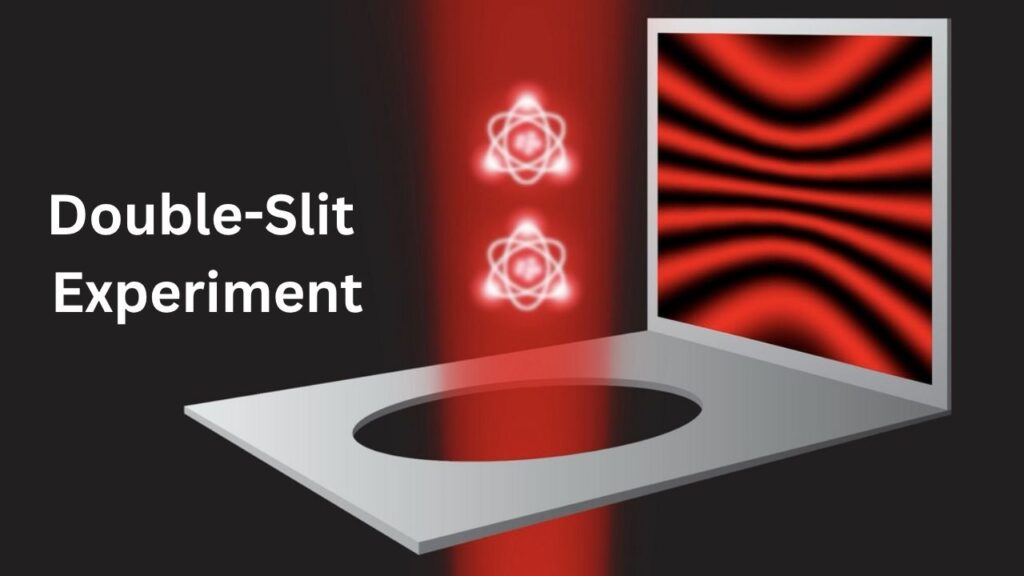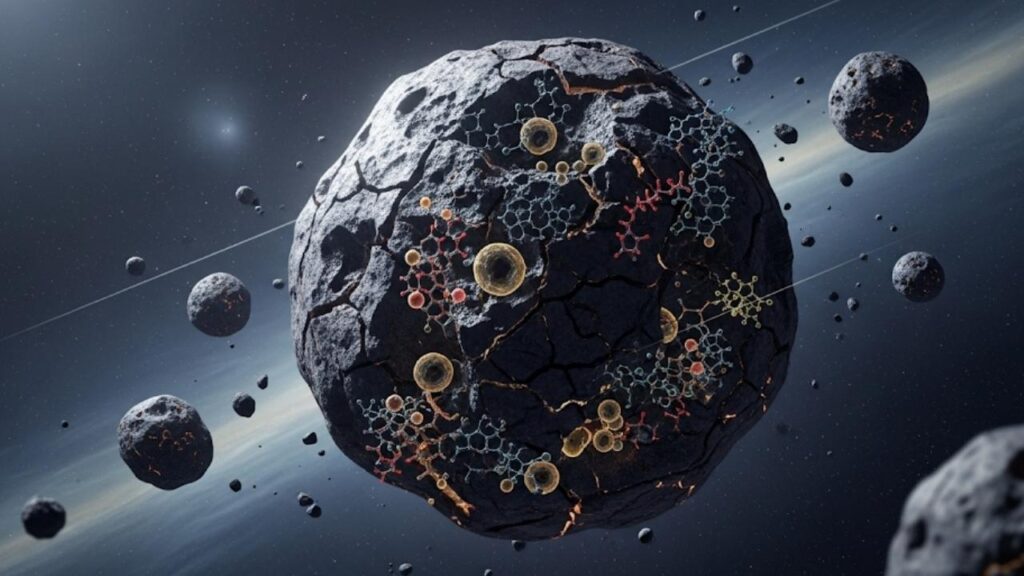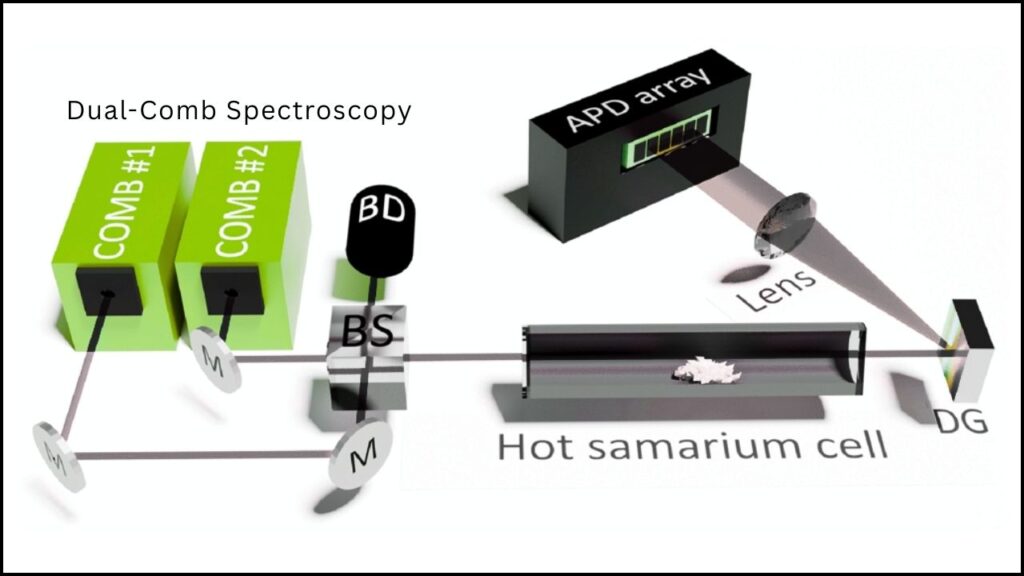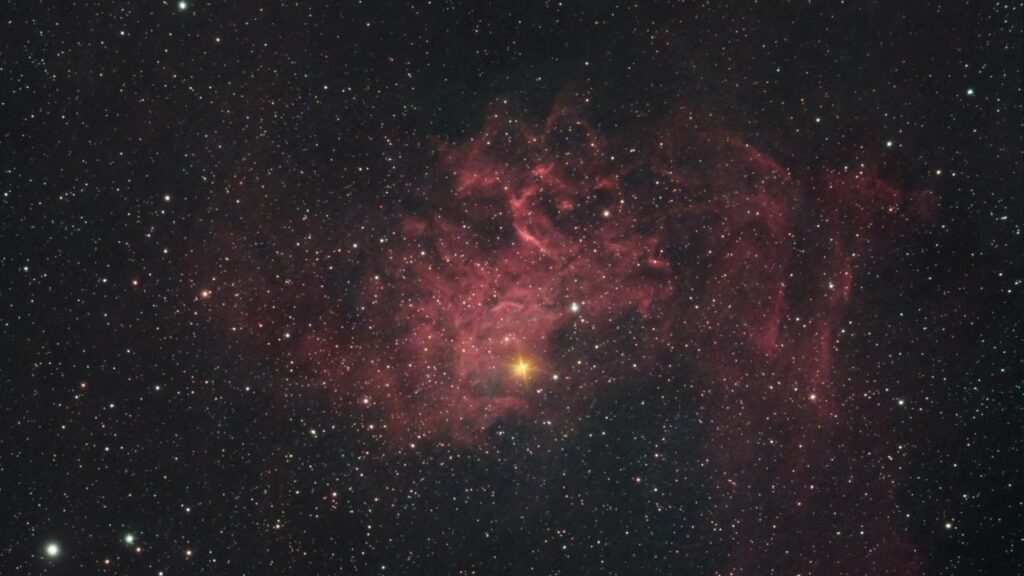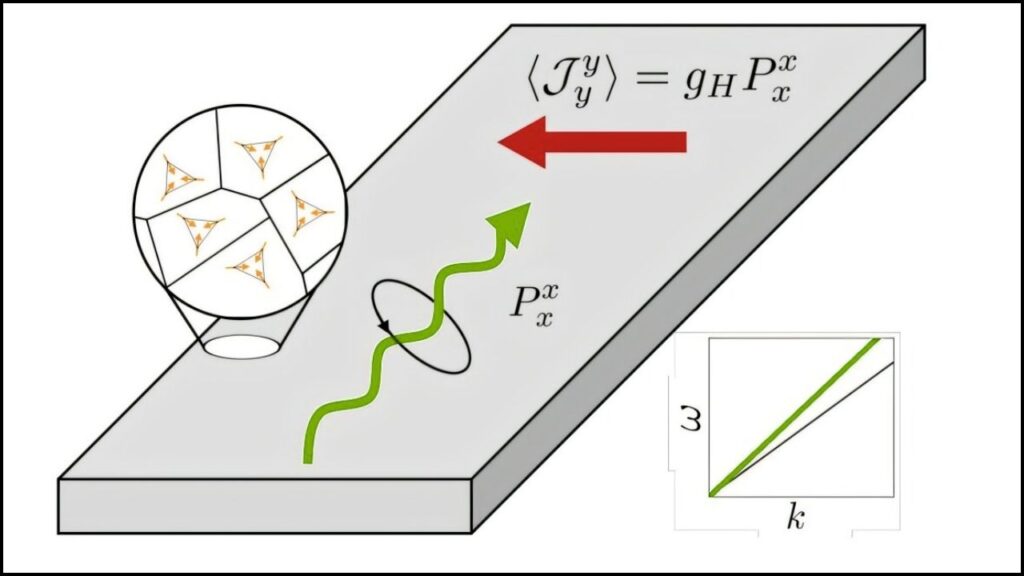Dark energy—the mysterious force pushing the universe to expand ever faster—may be changing over time, according to the latest data from the most ambitious cosmic mapping project ever undertaken. For decades, the scientific consensus has been that dark energy acts like a “cosmological constant”—unchanging, steady, and always influencing the cosmos in the same way. But new results from the Dark Energy Spectroscopic Instrument (DESI) and other leading experiments are hinting at something far more interesting: dark energy’s strength may be shifting as the universe ages.
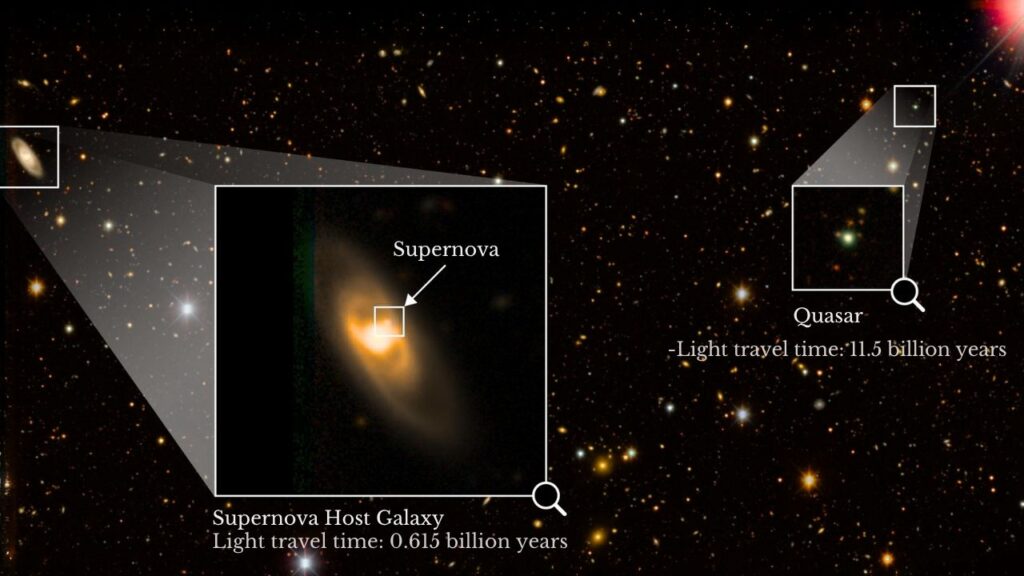
Table of Contents
New Supernova and Cosmic Survey Data Reveal
| Key Point | Description |
|---|---|
| Main Finding | Dark energy may be evolving, not constant—challenging the standard cosmological model. |
| Data Volume | Nearly 15 million galaxies and quasars observed over 3 years as part of DESI’s initial survey. |
| Timeframe | 11 billion years of cosmic history mapped—the largest 3D map of the universe ever made. |
| Scientific Impact | First consistent, strong statistical hints that dark energy’s influence changes over time. |
| Data Release | Data Release 1 (DR1): 270 TB of public data, enabling global research. |
| Next Steps | Expanding DESI’s survey, plus upcoming missions, will refine these results. |
The hints that dark energy may be changing over time are the most tantalizing development in cosmology in years. While the evidence is not yet definitive, the consistency and growing strength of the signal have scientists around the world paying close attention. If confirmed, this could be a true paradigm shift—rewriting how we understand the universe and opening new frontiers in physics.
For now, all eyes are on the next generation of cosmic surveys, which will either confirm these hints or reveal them as statistical quirks. Whatever the outcome, the journey of discovery promises to be as exciting as the destination.
Understanding Dark Energy: The Basics
Dark energy is the name scientists give to whatever is causing the universe’s expansion to accelerate. It makes up about 70% of the total “stuff” in the cosmos—yet it’s invisible, undetectable by ordinary means, and its true nature remains a mystery. The standard model of cosmology (ΛCDM) treats dark energy as a constant, unchanging force, like a steady background hum that never gets louder or softer.
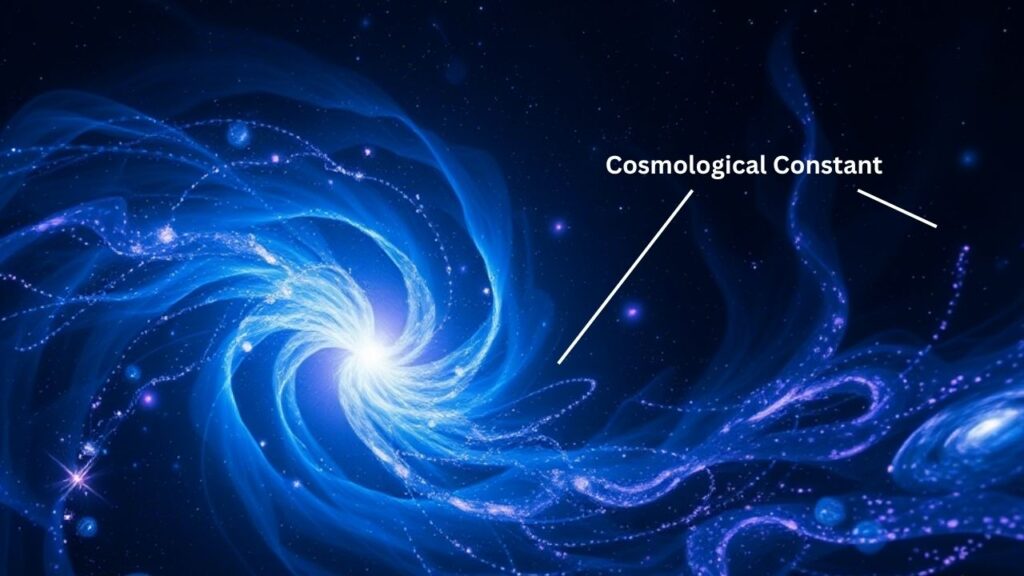
For years, this model has fit observations remarkably well. But now, DESI and other experiments are delivering more precise data than ever before, and the picture is becoming more complex.
How Do We Measure Something We Can’t See?
Astronomers can’t look at dark energy directly, but they can watch its effects on galaxies and light across billions of years. The main techniques used to track dark energy include:
- Baryon Acoustic Oscillations (BAO): Cosmic “sound waves” from the early universe left subtle patterns in the way galaxies are scattered. By measuring these patterns at different cosmic eras, scientists can gauge how quickly the universe was expanding at each time.
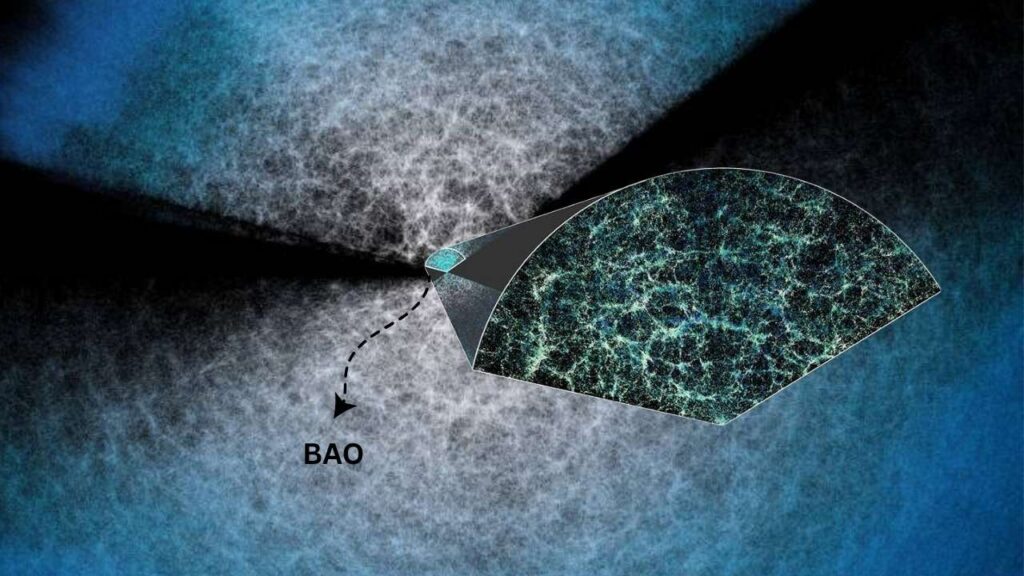
- Type Ia Supernovae: These exploding stars all shine with roughly the same brightness, so by measuring their apparent brightness from Earth, astronomers can calculate how far away they are—and thus how the universe’s expansion rate has changed.
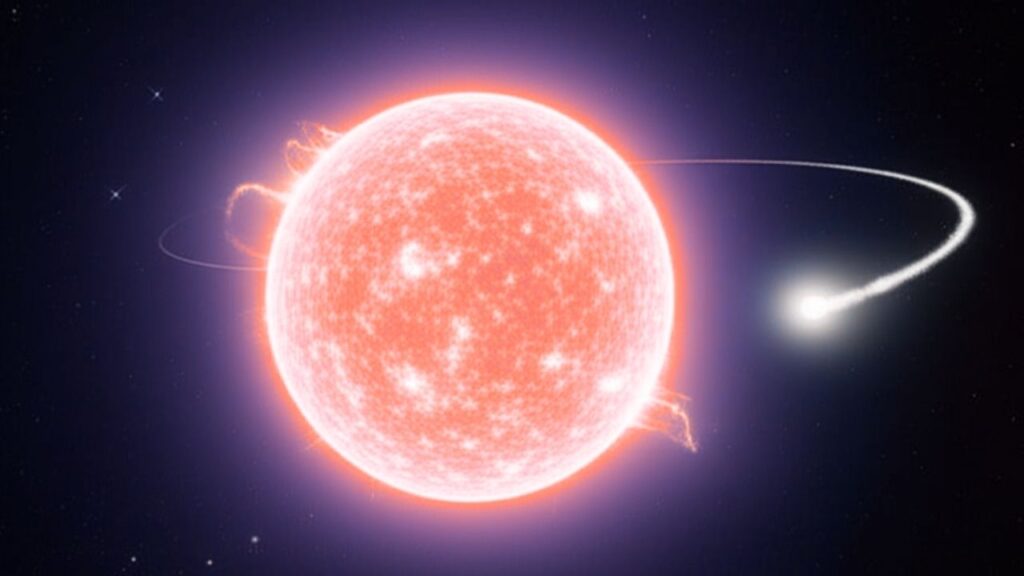
- Weak Gravitational Lensing: Light from distant galaxies is bent by the gravity of intervening matter, revealing how the universe’s structure grows under the influence of dark energy.
DESI’s unique power comes from its ability to map millions of galaxies and quasars at once, building a 3D picture of the universe’s expansion history over 11 billion years.
What the New Data Shows
The latest analysis from DESI’s first three years—covering nearly 15 million galaxies and quasars—combines with data from the cosmic microwave background (the “echo” of the Big Bang), supernovae, and weak gravitational lensing. Together, these measurements paint a picture that’s hard to explain with the simple, constant dark energy of the standard model.
The data hint that dark energy’s influence may have changed over the history of the universe. While the effect is subtle, it’s consistent and growing stronger as more data are analyzed. Statistically, the significance of this result has increased from previous analyses, now reaching levels (up to 4.2 sigma in some combinations of data) that have scientists paying close attention. This is not yet the “five sigma” gold standard for a scientific discovery, but it’s the strongest evidence to date that something might be amiss with our current understanding.
Professor Seshadri Nadathur of the University of Portsmouth, a leading DESI scientist, emphasizes: “It’s not just that the data continue to show a preference for evolving dark energy, but that the evidence is stronger than ever. We’ve done many additional checks to make sure this isn’t a fluke or a mistake in the data.”
Dr. Willem Elbers of Durham University adds: “As our data get more precise, we’re seeing cracks in the standard model. We may need new physics to explain all the results together.”
Why Is This a Big Deal?
If dark energy isn’t constant, it would mean the standard model of cosmology is incomplete. This has profound implications:
- We might need to rewrite physics textbooks. The equations describing how the universe works could need fundamental updates.
- The fate of the universe could change. If dark energy weakens, the universe’s expansion might slow down, stop, or even reverse in the far future—scenarios not predicted by the standard model.
- New experiments and theories would be needed to explain what’s really going on—a thrilling prospect for scientists and students alike.
The excitement in the scientific community is palpable, but so is the caution. As Dr. Mustapha Ishak-Boushaki (University of Texas at Dallas), co-chair of the DESI working group, puts it: “We’re getting close to the point of no return, but we’re not there yet. The evidence is intriguing, but we need more.”
A Step-by-Step Guide: How We’re Learning About Dark Energy’s Evolution
- Map the Universe: DESI and other telescopes collect spectra from millions of galaxies, creating detailed 3D maps of cosmic structure.
- Measure Cosmic Expansion: By tracking how galaxy positions and distances change over billions of years, scientists monitor the universe’s expansion rate.
- Compare with the Standard Model: Check whether the observed expansion matches predictions from the constant-dark-energy model.
- Combine Independent Data: Bring in supernovae, weak lensing, and cosmic microwave background measurements for cross-checking.
- Test for Consistency: Statistical tests and repeated analysis confirm whether hints of changing dark energy persist as data improve.
- Plan Future Surveys: Ongoing and upcoming projects will collect even more precise data, to confirm or refute the current findings.
What Happens Next?
Science moves forward by testing and retesting ideas. The DESI team will continue collecting data, aiming for an even larger map of the universe. Upcoming missions and telescopes, like Euclid and others, will provide independent checks on these results.
The entire dataset is now public—anyone curious, from school students to professional astronomers, can explore the raw data and see what they find. DESI Data Release 1 (DR1) is a massive 270-terabyte treasure trove of cosmic information, available for research worldwide.
This openness accelerates discovery and invites everyone to join in the quest for understanding the cosmos.
Astronomers Uncover Strange Radiation Patterns That May Rewrite Cosmic Theories
Astronomers Identify New Kind of Cosmic Explosion Far Brighter Than Supernovae
FAQs About New Supernova and Cosmic Survey Data Reveal
What is dark energy?
Dark energy is the mysterious force causing the universe’s expansion to accelerate. We cannot see it directly, but its effects are everywhere in the cosmos.
How do scientists study dark energy?
They use large telescopes like DESI to map the positions of millions of galaxies, supernovae, and the cosmic microwave background, measuring how the universe’s expansion rate has changed over billions of years.
Why is it important if dark energy changes over time?
If dark energy isn’t constant, our current model of the universe may be incomplete or even wrong. It could mean new physics and a different cosmic future than we imagined.
Is this discovery final?
No, it’s still preliminary. The evidence is strong but not conclusive. More data and independent checks are needed to confirm.
How can I learn more or get involved?
You can explore DESI’s public data releases, follow updates from major observatories, or join citizen science projects that analyze cosmic data.

